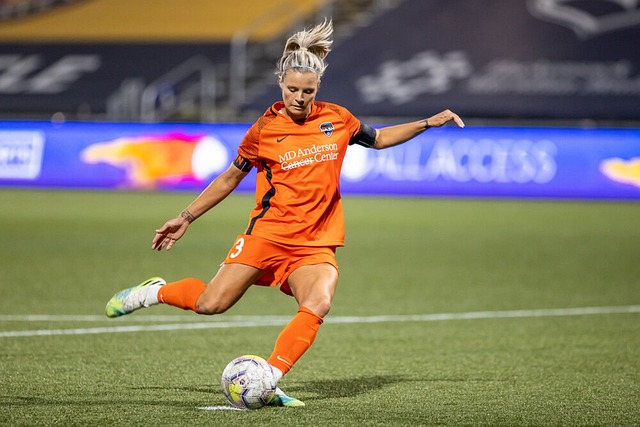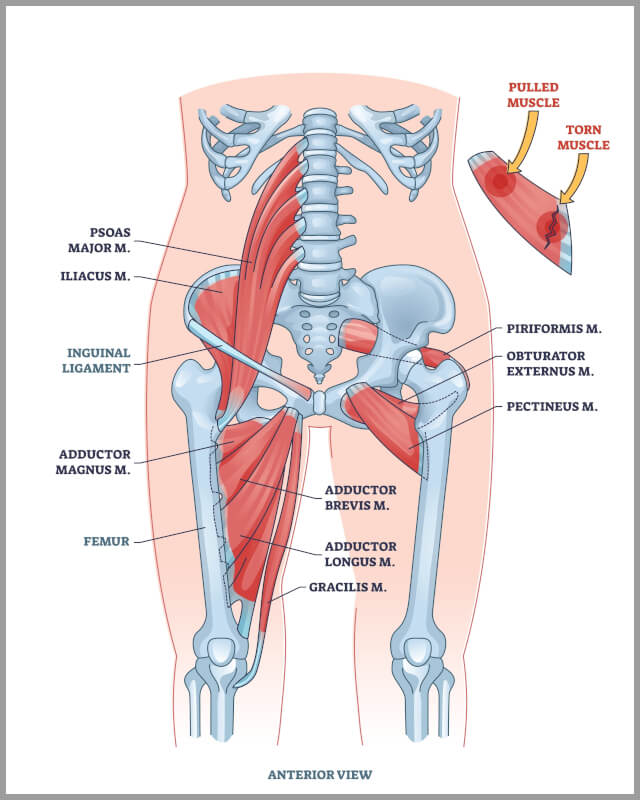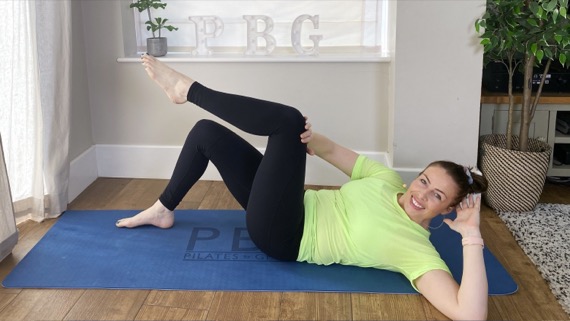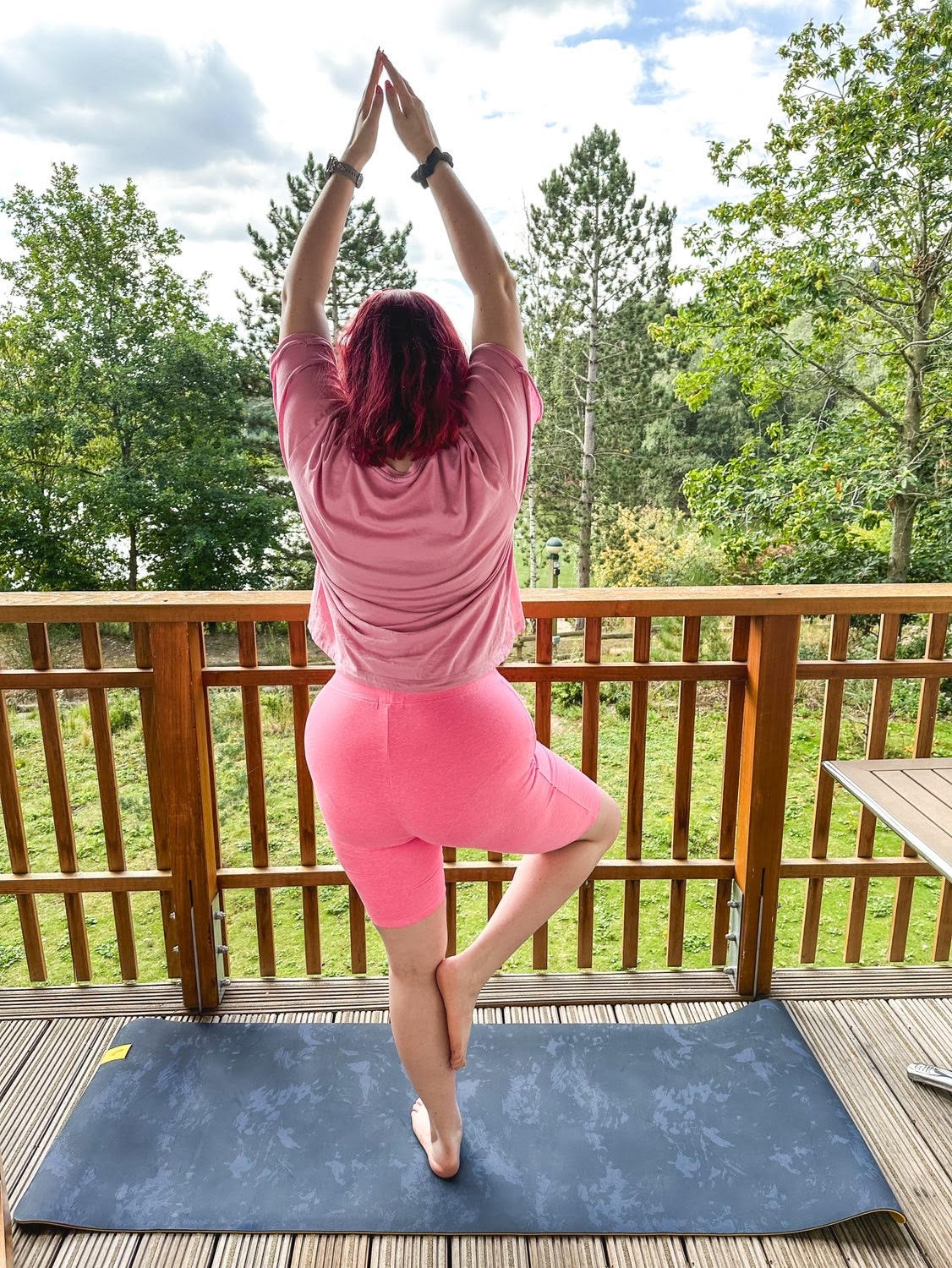Groin Pain
What is Groin Pain?
The groin is located below the abdomen in the inner thigh. The adductor muscles that make up the groin consist of the adductor brevis, adductor longus, adductor magnus, gracilis, and pectineus
While there are multiple muscles that make up the groin, they commonly work together as a single unit. They begin at our pubic bone area and attach to the femur (upper leg bone). The main job of these muscles is to decelerate the leg and bring the leg the across midline when in non-weight bearing positions such as when kicking a ball.

All about Groin Pain
Causes of Groin Pain
The most common cause of groin pain is a strain, tear or overuse of the muscles, ligaments, or tendons in the groin area. They most often occur in sports involving twisting, turning, changing direction and kicking. Yet they also can occur during everyday activities, such as lifting heavy items or slipping while walking.
Another common cause is an inguinal hernia which is where the intestinal tissues push through a weak spot in the abdominal wall near the groin region causing pain and often a bulging lump in your groin. Surgery maybe needed to correct this weak spot.
Another consideration is hip labral tears. Hip joint pain from a tear in the cartilage or labrum can cause groin pain and these injuries can either occur suddenly or gradually over time.
Symptoms of Groin Pain
With a groin strain or tear, muscle fibres and other cells are disrupted. Bleeding can occur, which causes bruising. Within a few minutes to a few hours after the injury, swelling can occur, causing the injured area of the inner thigh to expand and feel tight, warm and stiff.
There maybe weakness in the leg when trying to walk or pain when you bring your legs together or raise your knee upwards.
Groin Pain Treatment
- New injuries - ICE! Such as a bag of frozen peas wrapped in a towel. Apply to the painful area for ten minutes to ease the pain.
- Medication: seek appropriate pain relief to reduce discomfort and allow for more mobility exercises.
- Compression: compression shorts or wraps can be very effective to help manage swelling and support the soft tissue affected.
- Rehab: avoid aggravating activities and overstretching your groin muscles. Usually after 48 hours you can gently start rehab so do watch the PBG information class on groin pain and then try the QuickFix exercise class to learn how to safely begin to mobilise, stretch, and strengthen the muscles.
Free Class: Quick Fix for Groin Pain

 Physio Tip!
Physio Tip!
Warm up!
Ensure you do a good, dynamic warm up before sport or activity, including slow-to-fast movements, dynamic stretches (PBG offers lots of hip and groin focused classes!) and sports specific drills.
Alert!
Contact your healthcare provider immediately if:
- Groin pain is associated with back, abdomen or chest pain
- You experience sudden, severe pain, and inability to load through the affected side
- You experience night pain
- You experience unexplained weight loss.










